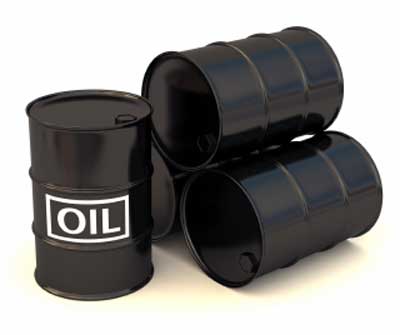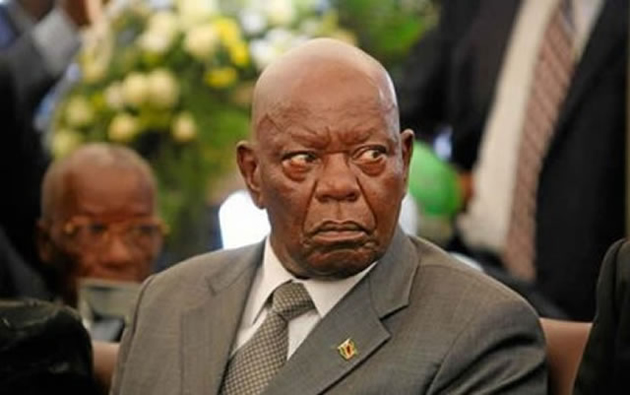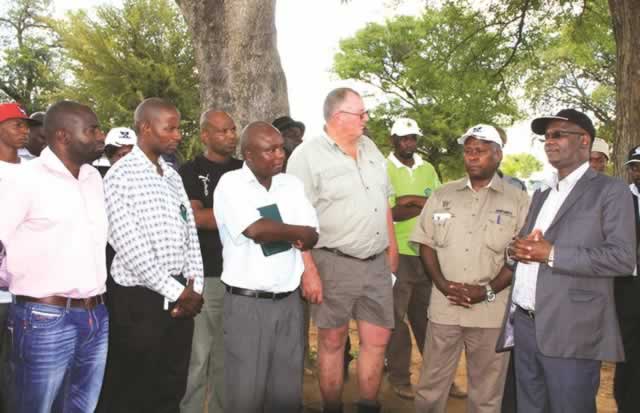Fluctuating oil prices: East Africa should plan not despair

Ahmed Heikel
Planning for the right energy mix for East Africa before the oil comes online will be key towards securing the region’s energy future. Other parts of the world have shown that once oil becomes available there is a tendency to start focusing on it as the magic bullet or solution for all energy requirements forgetting the fact that it’s a finite resource.
A LOT has been written and talked about the potential impact the recent collapse in global oil prices might have on East Africa’s nascent hydro carbon industry.
After five years of exciting new discoveries, the region had become one of the most promising new exploration frontiers creating widespread optimism that if the oil is properly managed it could become the catalyst for the region’s economic transformation.
This situation appears to have changed with some oil exploration companies talking about leaving or scaling back operations. In addition, the current low barrel price has put into question the commercial viability of extracting the oil.
While this scenario appears to paint a very gloomy picture for the East African oil industry going forward, it’s important to note that historically global oil prices are relatively volatile rising and falling in cycles determined by varied interdependent factors.
In 2008 for example, the price of a barrel of oil peaked at $147 in July then fell to $35 in December before stabilising at between $60-80 by middle of 2009.
Given that all indications are that East Africa will eventually become an oil producing region, the real questions that need addressing should be; What measures should the region look at putting in place in order to cushion itself from future effects of such shocks, which investment strategy should East Africa follow in order to ensure there is a constant flow of the much needed capital and finally, what role should oil play in the region’s future energy mix given the tendency for it to become the primary energy source once it becomes affordable and is available in large quantities.
Finding answers to these questions is not very easy given the multiple sovereign nations involved and differing economic variables such as GDP ratios which suggest some of the countries might be better positioned to withstand the price shocks than others.
“I’m of the view, however, that there are key lessons East Africa can take from other countries in order to come to its own practical conclusions.
As noted, oil prices are and will continue to be volatile over cyclic periods so creating the capacity to refine crude oil into final products will be an important first step towards protecting East Africa’s “domestic” market.
This is the reason for example that Qalaa Holdings, the investment company I am chairman of, recently invested in a $3,7 billion refinery (the Egyptian Refinery Company) as a part of an initiative to the reduce Egypt’s dependency on imported refined oil products.
Once completed in 2017 the ERC will have the capacity to produce 4,2 million tonnes of refined oil products per year, including 2,3 million tonnes of Euro V diesel representing more than 60 percent of Egypt’s current imports and 600,000 tonnes of jet fuel.
This brings me to the next point how to attract continuous flow investments in order to fully develop the potential sector.
A lot of effort seems to be directed at attracting foreign financiers particularly from Western countries and the East the argument being they have the necessary capital levels, knowledge and expertise required to fully exploit the hydrocarbon opportunities.
While this is true to a certain extent the problem with this approach, however, is that their backers are often financial institutions based thousands of kilometres away in countries with complex inter bank credit arrangements which are highly sensitive to international price fluctuations, this is the reason a number of exploration companies have been reassessing their oil investment options in East Africa.
A much more long term and balanced approach for the region would be to look at raising capital within the region through bonds or other financial instruments and work in partnership with international oil majors. Alternatively, East Africa should look within Africa for investors with a greater patience, belief and understanding of the continent’s market.
How else would a country like Egypt continue to record positive economic growth and attract billion dollar investments such as the Suez Canal development project launched in September 2014 during a period of great political transition?
A lot of the capital for this project was generated internally by African investment companies such as Qalaa holdings and its cement subsidiary Asec whose investment portfolio and focus is mainly Pan African.
Finally, planning for the right energy mix for East Africa before the oil comes online will be key towards securing the region’s energy future. Other parts of the world have shown that once oil becomes available there is a tendency to start focusing on it as the magic bullet or solution for all energy requirements forgetting the fact that it’s a finite resource. – monitor.co.ug











Comments